Don't wanna be here? Send us removal request.
Text
Design Approaches Research
Co-Design Presentation
Co-design, also known as participatory design, co-operative design and co-creation, was originated in Scandinavia. It is used to reduce the demand on designers to understand their subject, also blurring the boundaries between designer and user. Co-design helps build the designer-client relationship, helping create a better outcome for the client. Co-design gathers people with different specialities to collaborate in finding the best outcome. Using it minimises the risks later on as there a range of perspectives so problems can be dealt with early on. There is no shortage of input to ideas and solutions when necessary, so it is easier to come up with unique ideas and quicker to solve any issues without getting too far into the process for the client. An example of a method used in co-design is in role-play. When a person wants to express their opinion on something, they can use a cardboard cut-out of an old-style TV, as it is easy to recognise, and bring up to their head, so it looks as though they cut are in the TV. Doing so, they are made to feel more involved and it feels easier to talk about what they want. This helps with building relationships with clients as they feel more involved with the process, with something that isn’t usually their responsibility.
John Chisholm
Publishing date unknown
What is co-design? | Design for Europe [online]
Design for Europe
http://designforeurope.eu/what-co-design


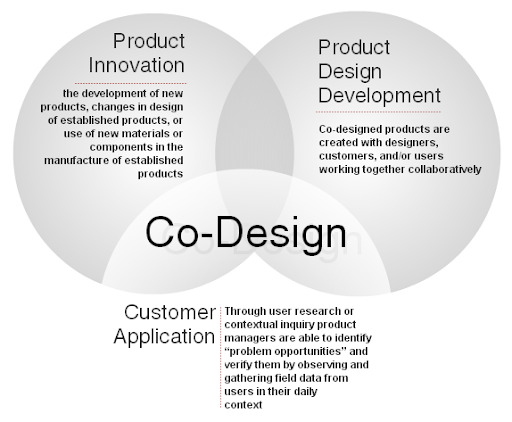
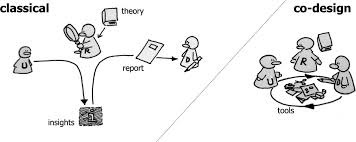
Design Culture Presentation
In a company that had a healthy design culture, everyone involved is taught to understand the value of design and how it creates a harmonious experience. For example, the Eames lounger looks great and is an iconic piece of furniture featured in a lot of movies and TV shows, however, a lot of people claim that it is uncomfortable. Also, the North Face jackets, they’re extremely popular and expensive, even though there are jackets out there that are better and probably cheaper, more worth the price; people buy them because of the name and the logo. Design Concept also includes the function of things. Bic for example, they make pens and the pen lids have a hole in the tip, creating a straw like shape, so if a child swallows the lid, it becomes less of a choking hazard. This shows that the company has thought of all possibilities and provided a solution. Another part of design concept is the intention or thought behind a project, like the environment. The Butterfly Cup was designed to be 100% biodegradable, 100% recyclable and 100% compostable. So, this brand puts the environment before all else. Design concept shows the different aspect of design and how some brands and companies prioritise one thing over another.
Jordan Koschei July 26, 2016 What exactly is a design culture? | Inside Design Blog [online] Invisionapp.com https://www.invisionapp.com/inside-design/what-is-a-design-culture
Steven Bradley December 23, 2010 Thoughts on Developing A Design Concept [online] Vanseo Design https://vanseodesign.com/web-design/design-concept-thoughts/
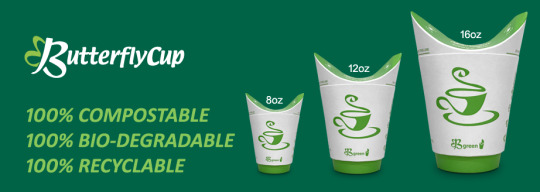
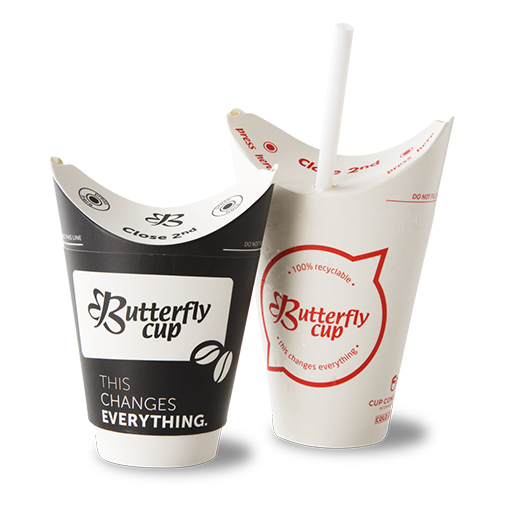


Design Thinking Presentation
Design thinking is all about the person, what their learning style is and what helps in designing a product – the stages. People learn differently and there are four types of learner, the activist, the reactor, the theorist and the pragmatist. There is a chart that goes int more detail of learner styles that was created by Peter Honey and Alan Mumford. Some people have purely one learning style and some are partially one with aspects from the others. Inspiration, interpretation, development and realisation is what stages occur in a project creation. The ‘IIDR’ model breaks down different stages of a project and shows how inspiration, interpretation, development and realisation work, in that order too. Inspiration is a starting point to inspire, where annotation is key, no annotation means anyone looking at the work doesn’t understand why you’ve the reasoning behind the choices you’ve made. Interpretation asks is the research and development just filler or is it purposeful? Drawing or painting makes you think more about how to use it, it’s a visual stimulant. Development used interpretation, design research, and helps to create a concept 2D or 3D. Realisation comes with the resolution of a project, it is the time where observation and reflection happens, which is then taken into account when going onto another project for the initial ideas and inspiration for that.
Ruby Rumson September 17, 2017 Honey and Mumford Learning Styles [online] Eln.io https://www.eln.io/blog/honey-and-mumford-learning-styles
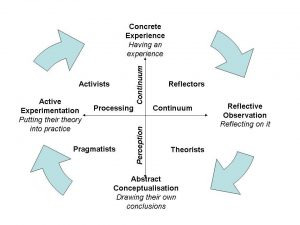
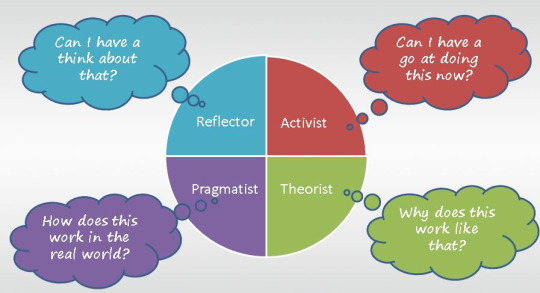
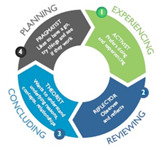
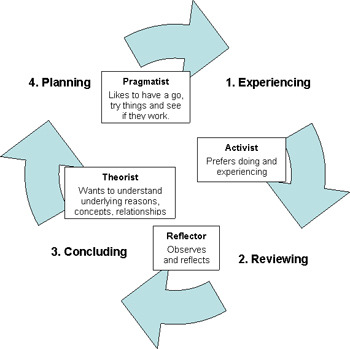
Thinking Differently About Fashion Presentation
When thinking differently about design, there are many questions to be asked, like how do we re-design to be safer? How do we bridge quantum and nano technology? Design is about being relevant in people’s lives. Designers cannot change the world, but they can contribute a lot in order to do so. An example of something that changed the way we think would be virtual reality. It completely changed the way we play video games, from watching it on a screen on your monitor or TV, to actually being inside the game itself, the submersion takes it to a whole other reality and world. Fashion is a huge part of design and like everything, it has its ups and downs. When manufacturing clothes, dyes are added to the fabrics to give it colour, however the dyes are mixed with water, which is hard to separate and leads to toxic chemicals being spread around, causing damage to any wildlife it may come into contact with. There are many materials on this planet exactly 109 to currently exist and there’s still 1025 more to be created. Materials such as adaptive materials, smart materials and intelligent materials are all hoped to be created in the future by 2028.
2019 Impact - Fashion Revolution Fashion Revolution https://www.fashionrevolution.org/resources/2019-impact/
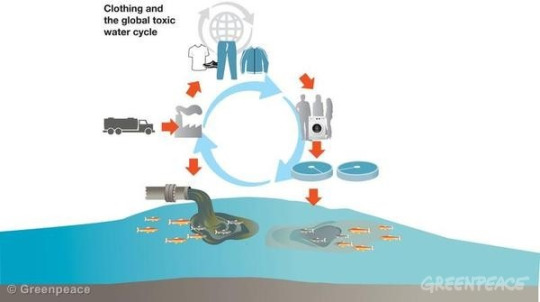



Our Environment Under Stress Presentation
In design there are ways that are being looked into to help our environment in its time of need. If we don’t do something soon, we will not have any bees, which means no pollination and that leads to no crops and less food. IPPC publishes a definitive report on climate change, in 2019 results of IPES 7-year study on natural world change clearly demonstrates habitat loss, climate change, pollution, depletion and exploitation is the greatest threats to planets diversity. However, there is good news on how to create economically friendly energy. Fusion. Successful full-scale processing will yield clean and free energy for everyone. 1 litre of water would be enough to power London for one day! In 2000, science was made feasible. In 2030, operation for the pilot plant takes place. 2050, a full-scale demonstration plant will open and in 2070, an industrial scale will come online to the grid. Finally, in 2100, there will be clean and free energy for everyone. All in all, this shows what can potentially happen in our future and how we can make the world a better place for the future generations, making it easier for them to advance their technology too.
Design for the Environment [online] Last Edited March 18, 2020 En.wikipedia.org https://en.wikipedia.org/wiki/Design_for_the_Environment




Critical Design Presentation
Critical design is related to haute culture, concept cars, design propaganda and visions of the future, with its intention being to attract new business and predict new trends, stimulating discussions and debates. Design fiction combines science fiction and design. Science fiction is used as a design approach to imagine and create near future products and services. Speculative design is a design method addressing big societal problems and looking towards the future and creating something for those scenarios. It aims to open up new perspectives on what are sometimes called ‘wicked problems’, to create spaces for discussions and debates about alternative ways of being, encouraging inspiration and imagination. The Huggable Atomic Mushroom was created as a collection available in red, white or a reflective fabric. They were designed to meet irrational but real needs, in that case, a fear of nuclear annihilation. The Moto Undone bike is an exercise in aesthetics, the result of ignoring what makes motorcycles interesting. Joey Ruiter, the creator, wanted to strip away the historical attributes that make motorcycles great. He wanted to create something without fancy paint, overpowered motors, exposed mechanical genius and exhaust tones, creating a minimal frame, giving an unconventional (and uncomfortable looking) concept bike.
Michael Anastassiades 2004-2005 Dunne & Raby [online] Dunneandraby.co.uk http://dunneandraby.co.uk/content/books/66/0
Tony Ho Tran April 8, 2019 Speculative design: 3 examples of design fiction | Inside Design Blog [online] Invisionapp.com https://www.invisionapp.com/inside-design/speculative-design/
Ray Hu September 8, 2011 Joey Ruiter Outdoes Himself with "Moto Undone" - Core77 [online] Core77 https://www.core77.com/posts/20465/joey-ruiter-outdoes-himself-with-moto-undone-20465
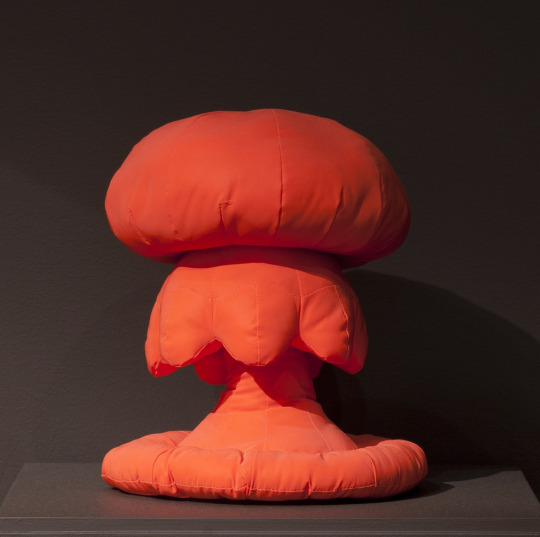
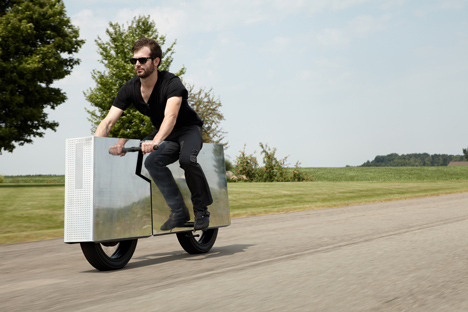



Experiencing Design Presentation
Designing things that enhance your experience is a big part to designers. Interactive design is a big part of this, being that the practice of designing interactive products, environments, systems and services is so huge and they often address more than one problem. For example, the National Trust App helps you discover new laces, so you’d expect it to work well and run smoothly. However, when starting out on three platforms, it became very buggy and damaging for the brand name, so they were on it right away, enhancing their users experience, as well as fixing their issues. They added extra features, thinking their app should work without being connected to the internet. They wanted to enhance their users experience and keep them on the app longer, so they added a feature where if you’re close to a certain place, you’ll get a notification through the app letting you know that they’re open until a certain time and welcomes you inside. It also lets you know, when you’re somewhere when it closes and gives you a reminder before closing time, so you can get ready to leave. In total, experiencing design can be varied a lot to how well something works, to how things can be enhanced to make your experience better.
Patrick Newbery Experience Design: When Innovation Isn’t Enough | WIRED [online] WIRED https://www.wired.com/insights/2014/03/experience-design-innovation-isnt-enough/




0 notes
Photo

https://www.peoplesworld.org/article/100-years-of-bauhaus-building-for-a-society-of-equals/
0 notes
Photo

https://www.curbed.com/platform/amp/2019/4/9/18296923/bauhaus-100-design-legacy-art-furniture-craft
0 notes
Text
500 Word Summary
One of the fundamental parallels of the Streamline and Bauhaus movements are their primary functions within the design world. The debate over the definitions of ‘aesthetic’ and ‘movement’ could be argued to play a key role in the differentiation of the above. Streamline has been viewed as more of an aesthetic rather than a movement (a detrimental shift in the design language and developments of the early 20th century). Given the fact that Bauhaus’ main focus was lenient towards education, forward-thinking and modern ideology on how one teaches and makes design, it therefore falls under the definition of the term ‘movement’. Bauhaus was founded upon the idea of creating “total work of art’’ through Kandinsky’s shared vision of an ideal union of arts - an artistic synthesis, an investigation of the elements of colour and form and their psychological effects. A collaboration of art, technology and craft. Kandinsky being a faculty member of Gropius’s Bauhaus School, devoted a good deal of attention to the development of theoretical questions in regards to the artistic treatment of forms, colours and their interrelationships, the result of which was the Colour Theory. At the core of this proposal sat the concept of polarity - plus and minus which can be exemplified by the yellow and blue; The greatest opposition comparable to polar opposites such as black and white and associated with a series of juxtaposing characteristics: “effect - deprivation, light-shadow, bright-dark, strength-weakness’’ Other than the effects of light-dark polarity, Bauhaus design causes a visual phenomena which its other important component is constructed through apparent size and spatial position of coloured shapes. Bauhaus School identified this effect as the Spatial Phenomena - recording the effect of eccentric and concentric movements. Although the Bauhaus school was closed in 1933 due to the pressure of the Nazi regime in Germany, the effects of the movement have been present throughout later decades and still remain at the core of design language today. Streamline entered the US design scene in the 1930s. This new American phenomenon opposed the ascetic functionalism which championed at Bauhaus and was largely inspired by visualisation and improvement of speed. As a result, the aesthetic focused on bringing that aerodynamic motives into not only automobiles, architectural structures, locomotives or aircraft such as the Douglas DC-3 airliner. Streamline changed the appearances of what had previously been vertical, angular to rounded and smooth through which changed a man’s relationship with their kitchenware, vehicle (at the time, often the greatest of his pride) and general surroundings. This relationship lead to many describing the ‘movement’ in similar words: “dynamic and futuristic, even sexy ...” “The magic of speed”. The aesthetic was not long-lived as its popularity decreased over the 1950s, however it may be important to consider Streamlining’s prevalence in the later Space Age movement which was inspired by man’s fascination in the deep, dark and unknown to him space.
0 notes
Photo

https://meaningandvalue.wordpress.com/2015/01/30/streamlining/amp/
0 notes
Photo

https://vietimgy.pw/1930s-Streamlined-Tractor-Abandoned-cars-trucks-trains-and.html
0 notes